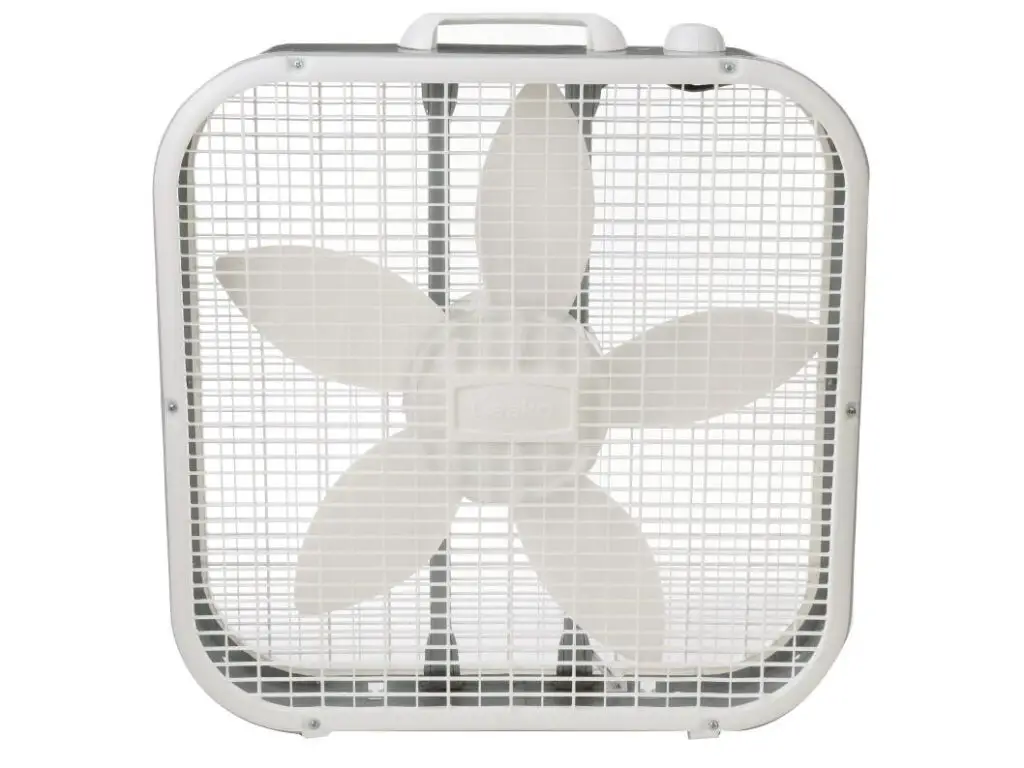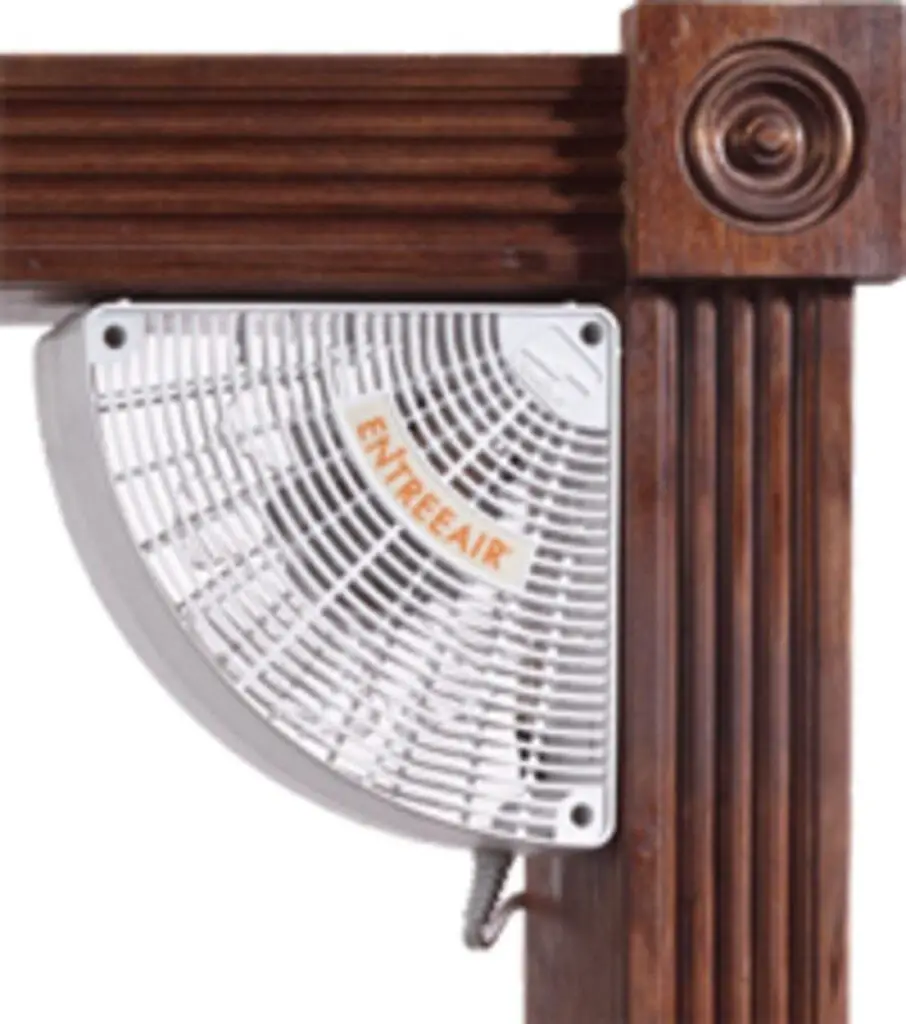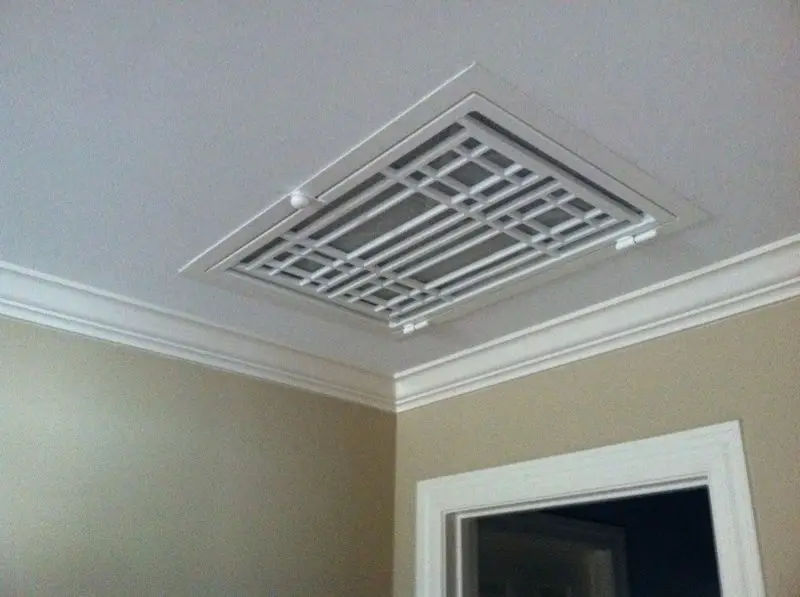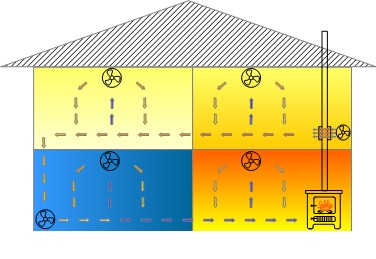Can a wood stove heat an entire home?
Most homes located in below freezing areas are too big to be thoroughly heated by your average wood stove. However even larger homes can be made comfortable warm across the entire house with a little bit of planning.
- Can a wood stove heat an entire home?
- Planning to heat a whole house from a single wood stove
- Choosing the right sized wood stove
- Make sure the house is well insulated
- Energy efficient wood stoves for more efficient heat
- Location of the wood stove
- Harness the air flow
- Heating multiple rooms with wood stove
- How to use a wood burning stove to heat a house quickly
- Using a box fan to circulate heat
- Directing heat to where its needed
- Adding duct for wood stove heat distribution
Planning to heat a whole house from a single wood stove
The secret to energy efficient heating and by association reducing heating costs is to be thoughtful with your heating source.
When using a wood stove to heat a home the main considerations are;
- the heat output capacity of the wood stove, measured in BTU’s
- boost stove performance with proper house insulation
- the energy efficiency of the wood stove, some newer stove technology makes for a very high heating efficiency
- location of the wood stove, and
- air circulation throughout the house.
Choosing the right sized wood stove
A wood stove that is too small for an area is not an effective way to keep your house warm.
Choosing the right sized stove requires an understanding of, the size of the house to be heated (measure in air volume, the location of the house and how cold it will get, and how well the house is insulated.
We have a wood stove BTU calculator here, which can help you understand the BTU requirements for your wood stove.
Make sure the house is well insulated
Creating a comfortable heat level through the entire house will be difficult if the heat can escape through poor insulation. Additionally heating bills will be excessive if you keep loading up the stove without also considering trapped the heat in.
Heat can be lost through poorly insulated ceiling and exterior walls, windows, and gaps around doors.
We have some tips on insulation for the home here.
Energy efficient wood stoves for more efficient heat
Wood stove design has come a long way in recent times. Many stoves have incorporated clean-burn technology, where exhaust fumes are re-burnt in the combustion chamber, to not only reduce almost all of the smoke, but to increase the heat output.
Of course using well seasoned wood help a lot too.
Location of the wood stove
Consulting the floor plans of your home is the smart thing to do here. Look to create a central heating model by considering where the heat source is placed, and how heat will travel throughout the home. Consider the layout of door ways, corridors, and floor vents and how air might be manipulated to flow to all areas.
Harness the air flow
Most houses are too large to be heated quickly by a wood stove. Relying on thermal radiation to warm the area is just too slow. Putting some thought into how to circulate heat from the wood stove around the house will pay off handsomely.
Quickly heating a house, or at least warming multiple rooms is best achieved by circulating air around the home, and the cold air from further away rooms towards the wood stove.
Heating multiple rooms with wood stove
Heating multiple rooms with a wood stove quickly is all about circulating the air around the house in a controlled manner. The trick is to focus on moving cold air towards the stove, and warm air away from the stove..
Cold air is more dense than warm air so cold air will be lower in the air column (towards to floor) than warm air. Warm air is less dense so it sits higher in the air column (closer to the ceiling), so this air can be moved away from the wood stove and directed into the cooler areas and rooms of the house.
Once you have the airflow circulating within the house you can focus on the below points to get all those rooms up to temperature.
- Match the wood stove BTU capacity to the air volume of the rooms to be heated.
- Ensure rooms that are not going to be used, (or at least not right away) are closed off, until the rooms you want heated are warmed up first.
- Insulate the walls and ceilings, make sure there are no air leaks through doors and windows.
- Maximize the heat produced from the wood stove by installing a flue mounted heat exchanger.
- Only use dry (seasoned) firewood.
How to use a wood burning stove to heat a house quickly
The best method to warm the home quickly is to setup air flow circuit. The ideal air flow circuit pushes the warm air at the top of the room in one direction away from the stove. The air flow circuit then draws the cooler air at the bottom of the room towards the wood stove.
Eventually the warm air will penetrate all areas, hit walls, become diverted, cool slightly, fall in the air column, and then mix with the cooler air. This sequence of events is the fastest way to circulate heat throughout the house.
Make sure you close off rooms that are not in use, or are not going to be used. There is no point trying to heat a room that no one will be entering.
If you are yet to install a wood stove or you have an option to relocate a wood stove then you could consider installing the wood stove on the basement. Because hot air rises, having the heat source lower in the house makes directing that warm air so much easier.
Secondly, as the flue can be plumbed through the living level, a wood stove heat exchanger can be installed on the exposed flue on each level. This will make a massive difference to directing the heated air where you need it.
Using a box fan to circulate heat
Place a fan in a place in the house that is further away from the stove. Place that fan close to the ground, and push the air towards the wood stove.
Using a box fan to circulate heat is the perfect solution. Box fan blades are as close the the ground as you can get, so moving that cold air towards the wood stove will achieve more effective results with a box fan.

Directing heat to where its needed
You spend you time in the lower part of the air column so that’s where you need the warmed air to be. Ceiling mounted fans are useful for circulating heat. You can certainly push the warm air down, but depending on room configuration and how air flows in your house, make sure you try to put the fan in reverse mode (if it has that option) and pull the cold air from the floor which will displace the warm air near the ceiling. Trial the fan in reverse mode and see which works best.
Also make sure you try the fan at different speeds, unlike in summer where you want fast moving air, a slower fan speed will often achieve better results in circulating warm air.
Door mounted fans are perfect for moving warm air from hallways into bedrooms. Door mounted fans are usually small and unobtrusive when mounted in the top corner of a door way.

Install a thematic (or Eco) fan or two. Thematic fans are heat powered. They sit on top of the wood stove and their blades will start to circulate once they reach temperature. This will the push air away from the wood stove. Thematic fans don’t move a lot of air, but the do move some which is always better than relying on no air movement at all. Learn how a heat powered fan works.
Adding duct for wood stove heat distribution
Some stoves come with adaptors that fit directly onto the stove do duct heat through HVAC style ducting, and then out of vents placed around the home. An alternative is to install a heat exchanger and blow air through the heat exchanger into ducting. This is a great option for wood stoves installed in the basement.


